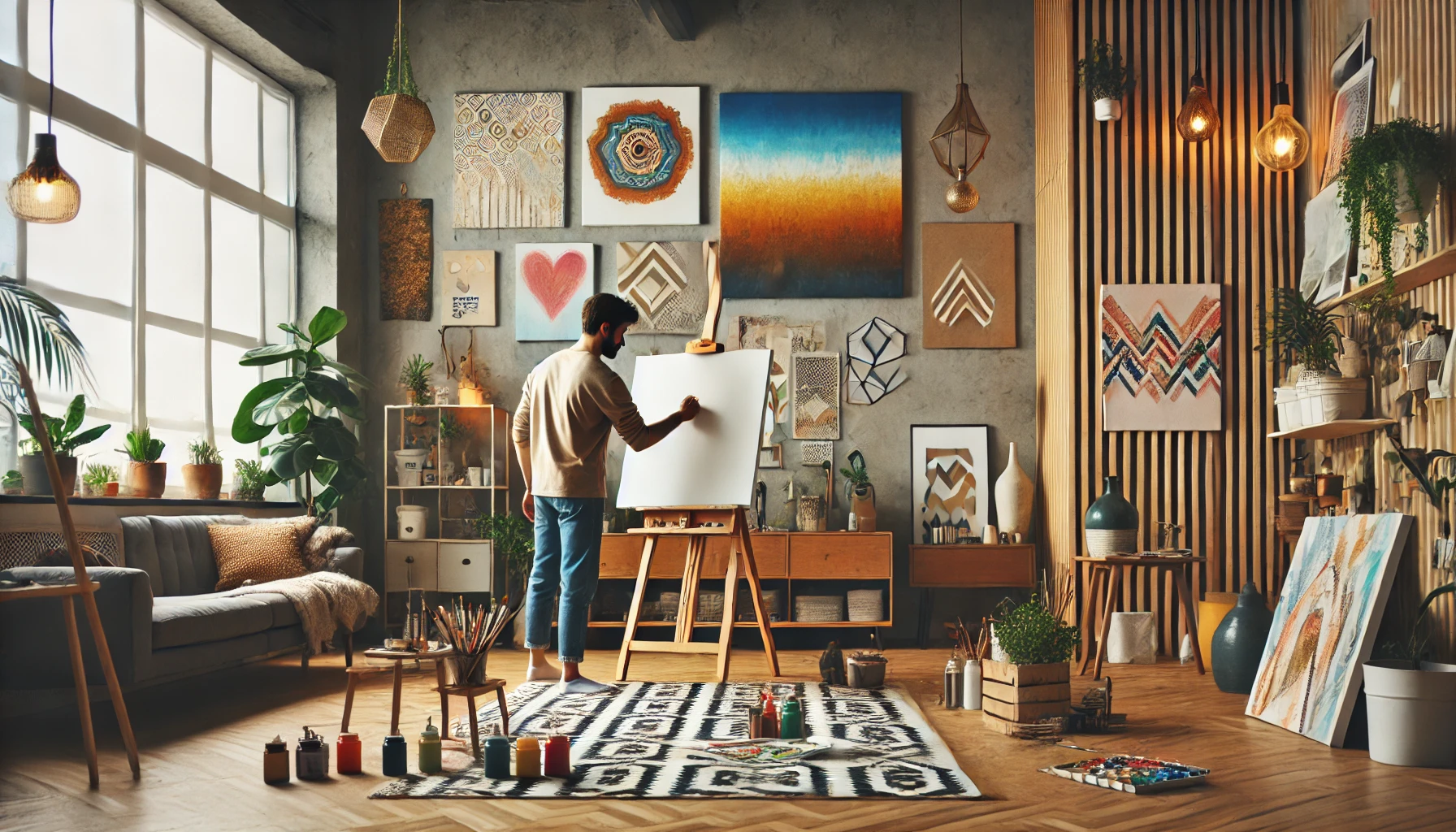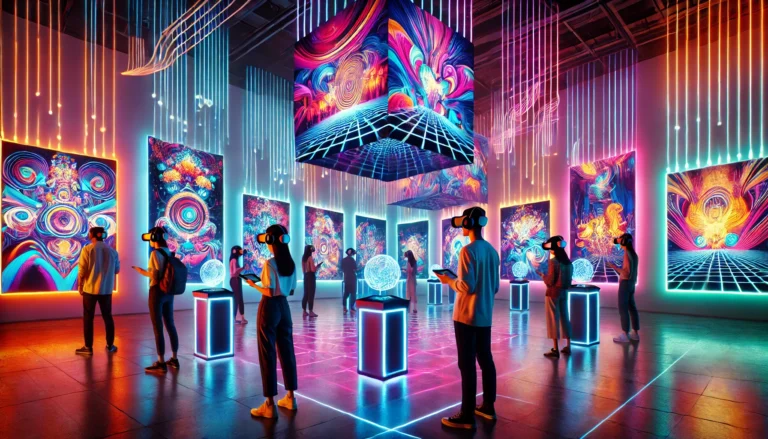Imagine stepping into your home after a long day and feeling as if the very walls whisper your story—each brushstroke a testament to your journey, every splash of color echoing your dreams. I still remember the first time I transformed a bland, uninspired room into a vibrant haven using nothing but my creativity and a handful of affordable supplies. As a creative strategist who works with young professionals, I know that our spaces are more than just physical locations—they’re canvases that reflect who we are. This isn’t merely about decorating; it’s about curating an environment that energizes your spirit and sparks innovation. Whether you’re just launching your career or already navigating the fast-paced professional world, your space can become a sanctuary, a launchpad for new ideas, and a silent yet powerful partner in your success.
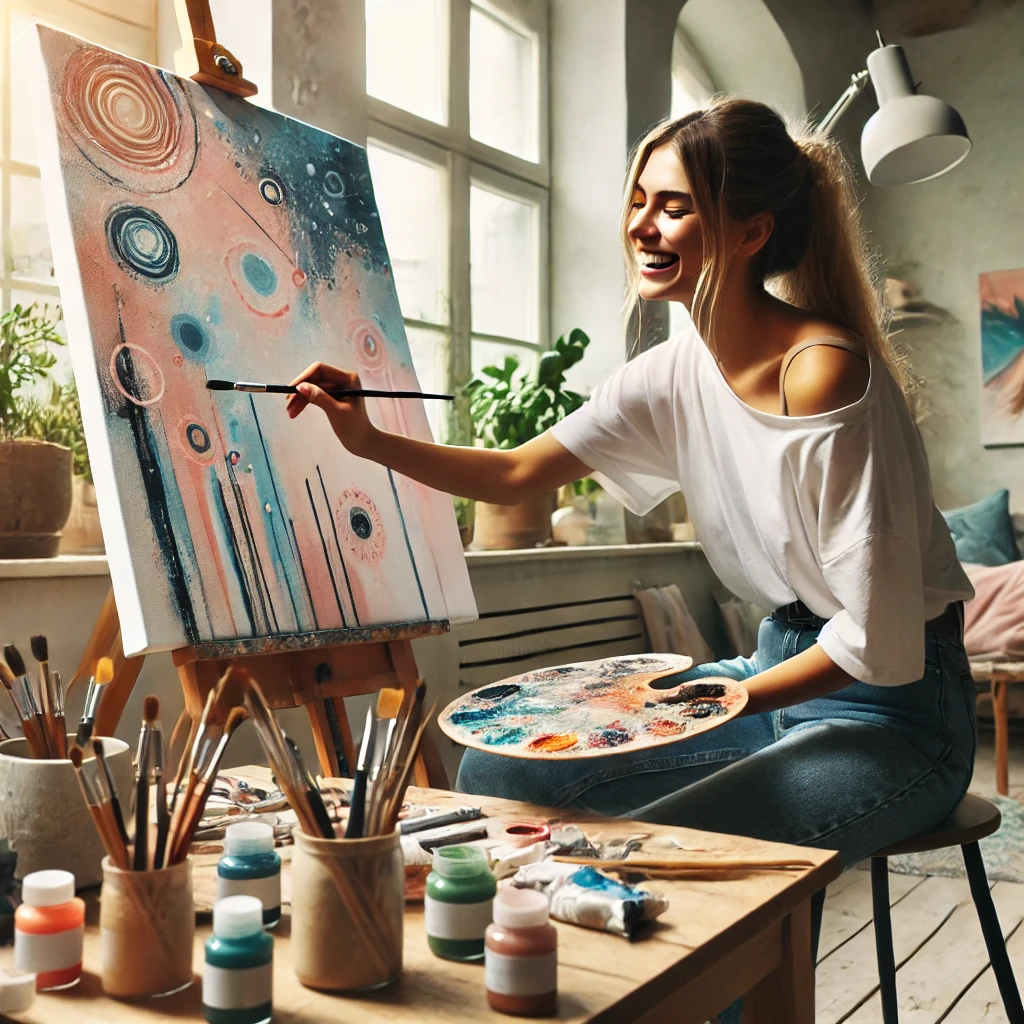
Key Point A: Why DIY Art Projects?
DIY art projects offer more than just aesthetic appeal—they provide a unique blend of personal expression, empowerment, and even a touch of therapeutic escape. When you create something with your own hands, you’re not just adding decor; you’re crafting an environment that embodies your individuality.
Personalization & Expression
Think of DIY projects as the ultimate form of self-expression. Just as a tailor crafts a suit that fits perfectly, your handmade art pieces can be tailored to mirror your personality, aspirations, and the challenges you overcome daily. I once created an abstract canvas filled with bold, contrasting colors during a stressful period in my career. That piece did more than brighten my workspace—it became a daily reminder of my resilience and creative spirit.
Empowerment & Skill-Building
Embarking on a DIY project is like setting off on a mini adventure. Each step, from brainstorming ideas to that final brushstroke, builds confidence and hones your skills. The journey mirrors professional growth: starting with the basics, gradually mastering more complex techniques, and ultimately creating something uniquely yours. Imagine the satisfaction of saying, “I did that,” as you watch your project evolve from a simple concept into a statement piece.
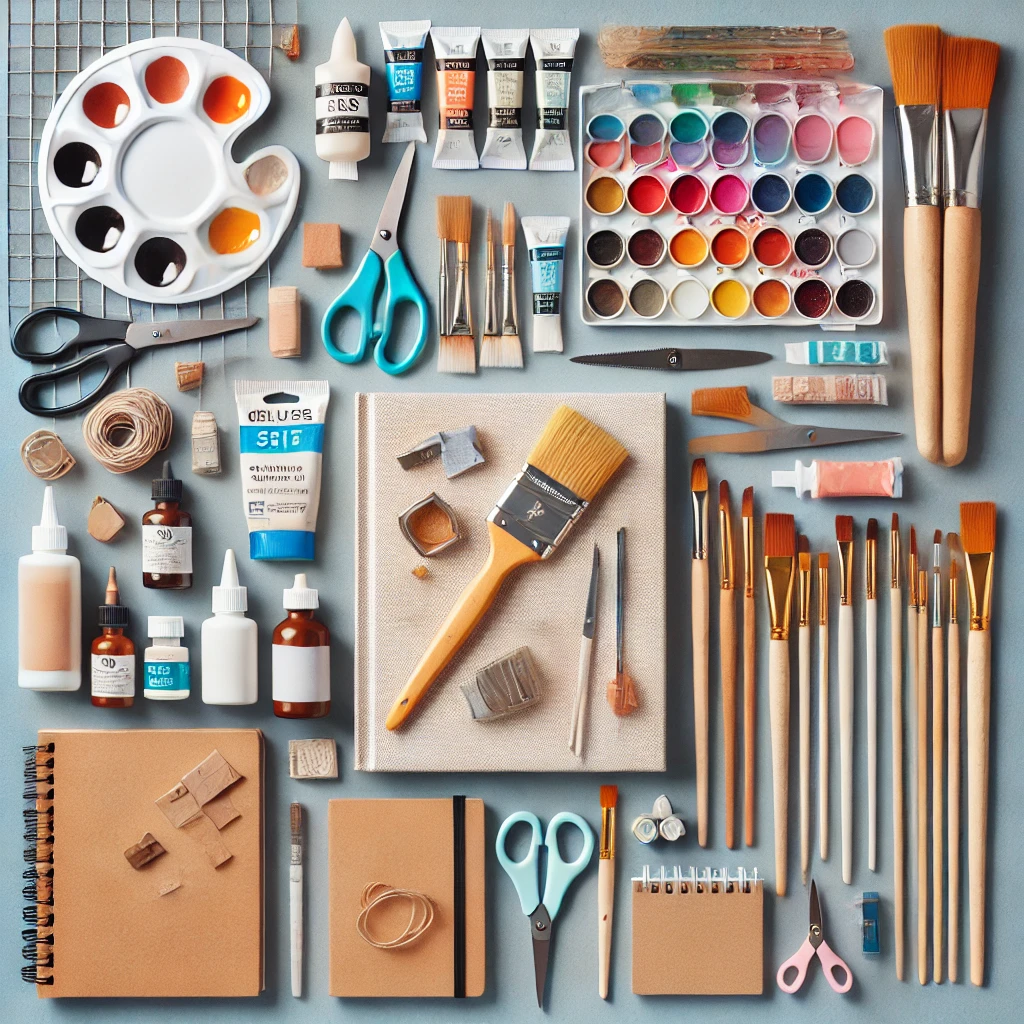
Sustainability & Innovation
In today’s world, sustainability is more than a trend—it’s a responsibility. DIY art allows you to repurpose materials and experiment with unconventional mediums, reducing waste while fostering innovative design. It’s like transforming everyday items into art, much like repurposing ideas and experiences to forge new, creative solutions.
Questions to Consider:
- What unique story do you want your space to tell?
- How can a hands-on creative process alleviate stress and inspire fresh perspectives in your professional life?
Key Point B: Essential Tools and Materials
Imagine setting off on an epic creative journey armed with a treasure chest of tools—each one a key to unlocking your inner artist. Just as a master chef depends on quality knives and fresh ingredients, your DIY art projects flourish when you have the right supplies at your fingertips.
Building Your Creative Toolkit
When I first ventured into DIY art, I quickly learned that the difference between a frustrating, half-finished project and a striking, conversation-starting piece often boiled down to the tools I used. A basic set of high-quality brushes, a palette of vibrant paints, sturdy canvases, and a few essential adhesives can make the process smoother and ignite a greater sense of pride in the finished product.
For even more inspiration on upcycling everyday objects into impressive art pieces, visit Instructables, where you’ll find step-by-step guides, community tips, and a wide range of project ideas to help you transform budget-friendly materials into stunning creations.
Digital Tools and Modern Enhancements
Today, your creative toolkit can extend well beyond the traditional. Digital design software allows you to plan your layout, while augmented reality apps can help you visualize your art in your space before you even begin. These modern tools bridge the gap between imagination and reality, much like a seasoned guide steering you through uncharted creative territories.
Affordable Versus Advanced
For those just starting out, quality doesn’t always have to come with a high price tag. Many affordable options perform admirably, and as your skills evolve, you can gradually integrate more advanced tools—whether that means professional-grade supplies or cutting-edge digital applications.
Questions to Ponder:
- What tools do you already have that could be repurposed for your next project?
- How can a few well-chosen materials transform a simple idea into a striking piece of art?
Key Point C: Easy and Impactful DIY Art Projects
Imagine standing before a blank wall and envisioning a vibrant masterpiece that not only breathes life into your space but also tells your unique story. DIY art projects don’t have to be complex or intimidating—in fact, some of the most impactful creations are delightfully simple.

Project Ideas & Step-by-Step Inspirations
- Wall Canvases & Mixed-Media Collages:
View a blank canvas as your personal stage. Start with a splash of your favorite color, add textures using newspaper clippings or fabric scraps, and let your imagination flow freely. I once combined bold acrylic strokes with delicate watercolor washes to achieve a perfect balance between chaos and calm. - Upcycled Furniture Art:
Transform an old chair or table into a statement piece by painting it with vibrant hues or adding decorative stencils and mosaic details. This approach not only recycles what you have but turns everyday items into captivating conversation starters. - Personalized Decorative Accents:
Everyday items such as glass jars, reclaimed wood, or even discarded magazines can be reinvented into unique decorations that speak volumes about your style.
Breaking Down the Process:
- Conceptualization: Begin by brainstorming a theme that resonates with you.
- Execution: Follow a step-by-step process—sketch your design, gather your materials, and build your piece layer by layer.
- Refinement: Allow for spontaneous adjustments; sometimes, the best ideas emerge during the process.
Questions to Spark Creativity:
- Which everyday object could be transformed into a piece of art in your home?
- How might combining various textures enhance the narrative your art tells?
Key Point D: Advanced Techniques for Customizing Your Space
Imagine your home as a living gallery, each corner a blank canvas awaiting a sophisticated touch. Once you’ve mastered the basics, it’s time to elevate your DIY projects with advanced techniques that add a professional edge to your creations.
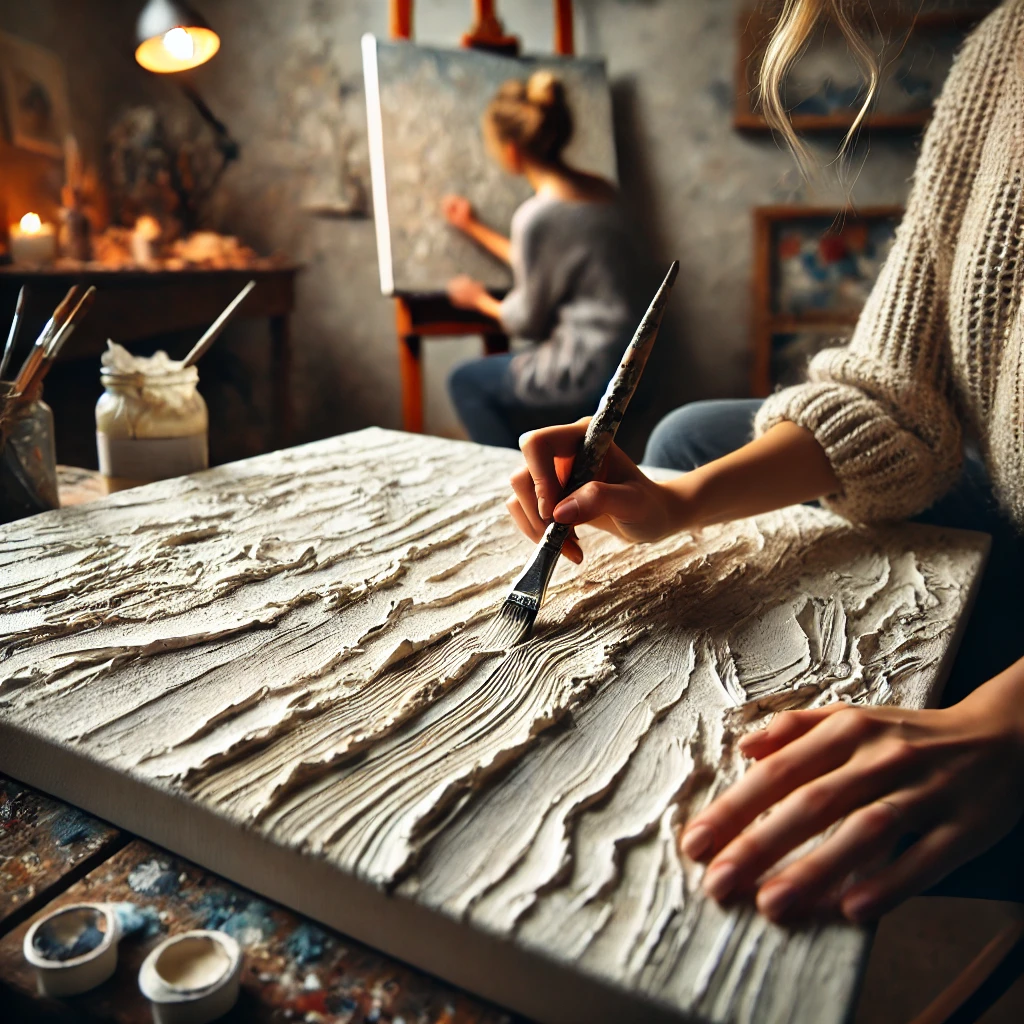
Exploring Complex Techniques
Advanced techniques allow you to blend traditional art with modern innovations. For example, layering different textures can evoke the feeling of a rich tapestry woven from memories and dreams. I once experimented with overlaying semi-transparent acrylics atop an oil painting base—this interplay of light and shadow added remarkable depth to the piece.
Integrating Digital Elements
Consider incorporating digital prints into your work. Imagine printing a cherished photograph on canvas and then enhancing it with your own brushstrokes. This fusion of analog and digital creates a dynamic narrative that evolves as your tastes and experiences grow.
Questions to Reflect On:
- How can you use layering and texturing to reflect the complexities of your own journey?
- What digital elements might complement and elevate your traditional art techniques?
Key Point E: Integrating Technology into DIY Projects
Technology is transforming every facet of our lives, and DIY art is no exception. Embrace digital tools and augmented reality to streamline your creative process and bring your vision to life—even before you pick up a brush.
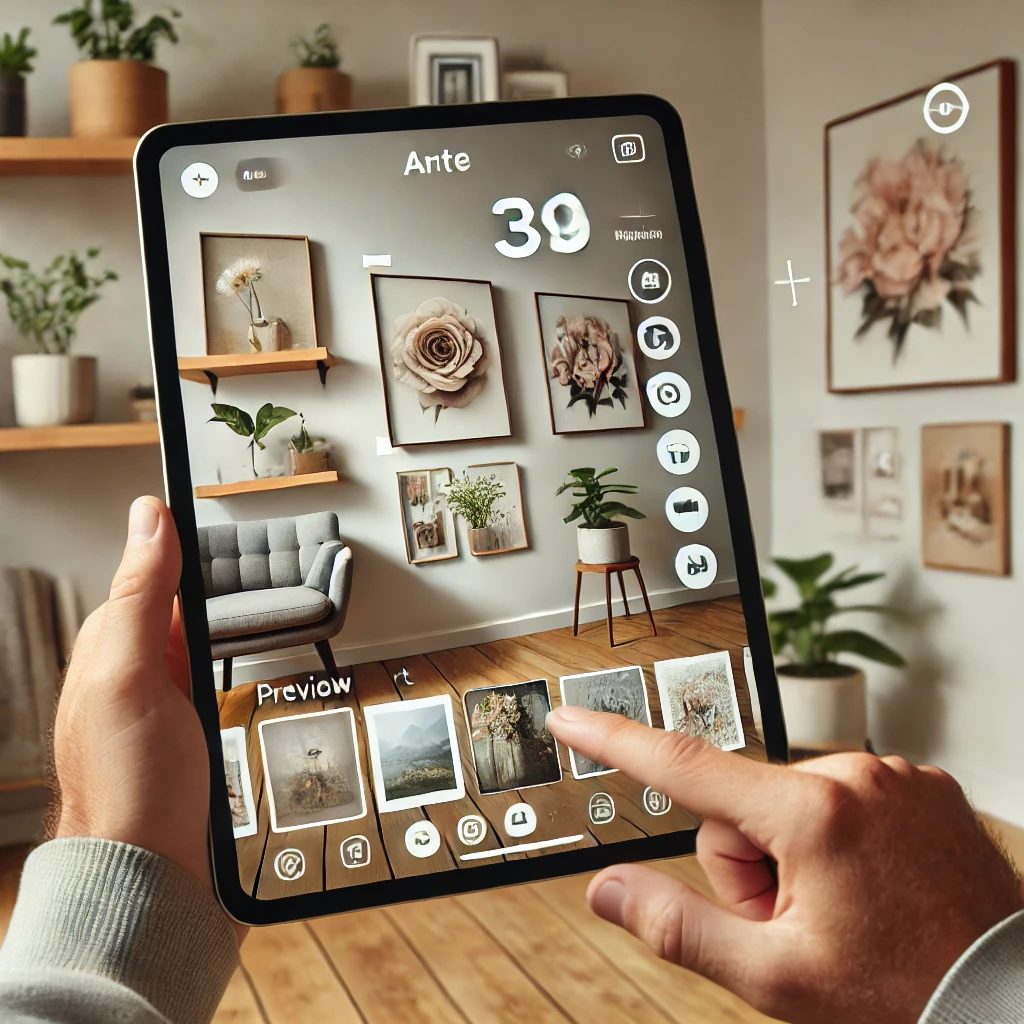
Leveraging Digital Design Tools
Imagine planning your entire project with the help of intuitive design software. These tools let you experiment with layouts, color schemes, and textures virtually, ensuring your vision is clear before you start. I’ve used such apps to preview artworks in my own living space, making adjustments in real time.
Augmented Reality (AR) in Art
AR applications take this a step further by allowing you to overlay your designs onto your actual environment. This technology not only saves time and materials but also inspires you to explore new creative horizons by visualizing your project from every angle.
Questions to Consider:
- Which digital tools can best translate your creative ideas into reality?
- How might augmented reality help you fine-tune your design before committing to it?
Key Point F: Budget-Friendly DIY Art
Transforming your space into a personal gallery doesn’t have to be a costly endeavor. DIY art projects offer a rewarding way to channel your creativity while keeping expenses in check.
Cost-Saving Creativity
Imagine the thrill of turning thrift store finds or repurposed materials into stunning art that adds character to your home. The process of scouring local stores or your own storage for hidden treasures can be as creatively inspiring as the finished piece itself.
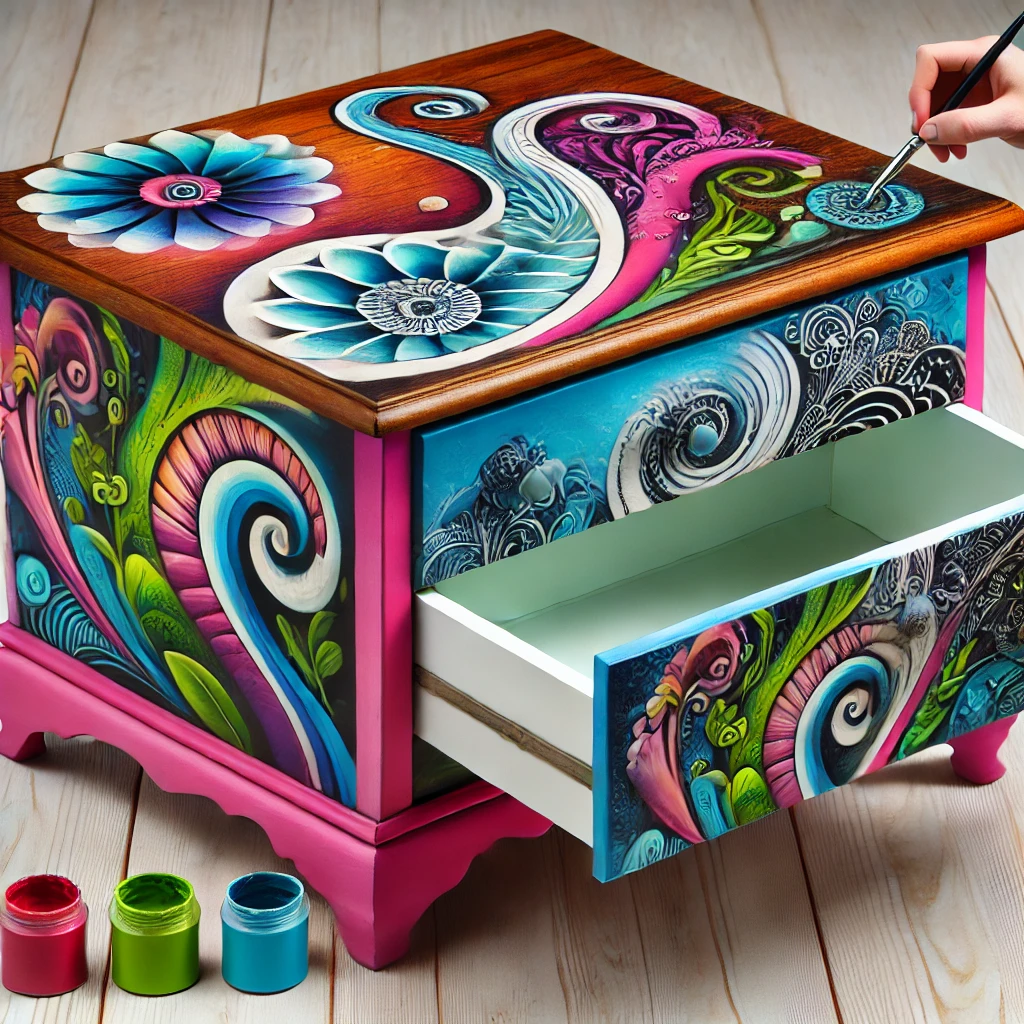
Practical Tips for Budget Art
- Reuse and Repurpose: Look for items around your home that can be reinvented—old frames, discarded fabrics, or even magazines.
- Plan and Budget: Allocate a small budget for essential materials and consider swapping supplies with fellow creatives.
- DIY Kits: Explore affordable DIY kits that offer all the necessary materials at a fraction of the cost of buying items individually.
Questions to Ponder:
- How can you transform everyday, inexpensive items into eye-catching art?
- What creative strategies can help you stay within budget while still achieving a professional look?
Key Point G: Showcasing and Maintaining Your DIY Creations
After investing time and passion into your DIY projects, it’s essential to showcase and care for your creations. Think of this as curating your own personal gallery—a space that continuously inspires and reflects your journey.
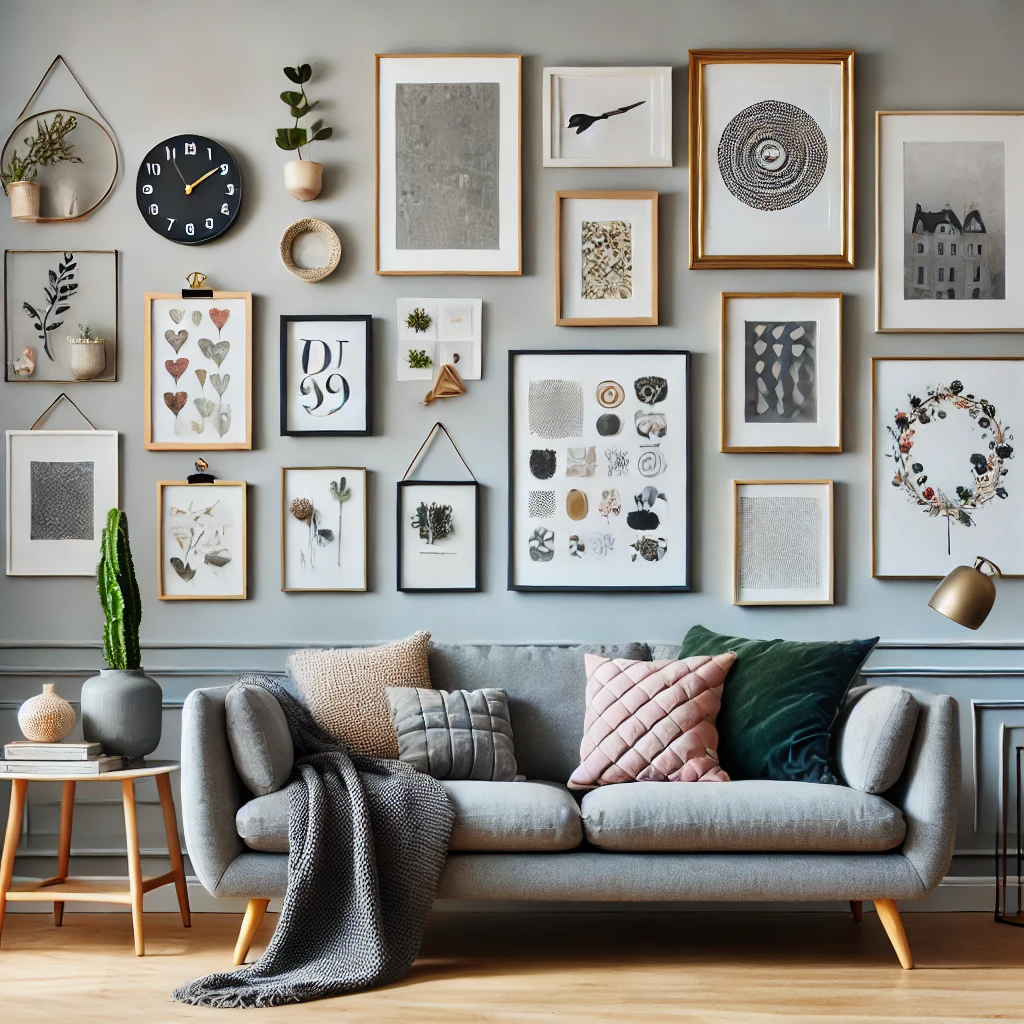
Creative Display Ideas
Display your artwork in innovative ways: create a gallery wall with eclectic frames, use unique lighting to highlight textures, or even rotate pieces to keep your space dynamic. Each display choice can elevate your art and invite conversation.
Maintenance and Preservation
Caring for your art is as important as creating it. Learn the best practices for cleaning and preserving different mediums—whether it’s protecting a canvas from dust or ensuring that a digital print retains its vibrancy over time.
Questions to Reflect On:
- What display options best highlight your art and enhance your living space?
- How can you maintain your pieces to ensure they continue to inspire for years to come?
Visuals and Media
High-quality visuals and engaging media can transform your DIY journey into an immersive experience. Incorporate before-and-after photos, time-lapse videos, and interactive infographics that guide your audience through each step of your process.
Presentation Ideas:
- Images: Use clear, high-resolution photos to showcase every stage of your project—from initial concept to the final reveal.
- Videos: Create time-lapse videos or detailed tutorials that capture the evolution of your artwork.
- Interactive Elements: Consider infographics that summarize your toolkit or showcase transformation timelines, ensuring your content is accessible on both mobile and desktop devices.
Conclusion
Your home is more than just a space—it’s a canvas that reflects your unique journey. Whether you’re just beginning with simple wall canvases or ready to dive into advanced techniques, every DIY art project is a step towards creating an environment that inspires both personal and professional growth. Embrace the creative process, experiment boldly, and let your space become a living masterpiece that tells your story. Share your journey, inspire others, and remember: every brushstroke is a testament to your creativity.
Audience Engagement
Transform your DIY journey into a community celebration. Engage with fellow creatives by:
- Participating in interactive polls and quizzes to discover your ideal project style.
- Sharing your creations on social media using a dedicated hashtag, such as #DIYMasterpieces.
- Joining live Q&A sessions or webinars where you can watch and learn new techniques in real time.
- Contributing to a vibrant online community where tips, stories, and inspirations are exchanged freely.
Additional Notes
To truly captivate your audience, weave personal anecdotes and vivid storytelling throughout your content. Use metaphors that resonate—your home as a blank canvas, your art as a symphony of colors, and each project as a new chapter in your creative memoir. Maintain a balance between technical guidance and accessible language so that both budding creatives and seasoned designers can learn and enjoy. Finally, integrate any affiliate recommendations subtly, ensuring that they enhance the practical value of your tips without overwhelming your authentic, creative voice.
By embracing these DIY art projects and techniques, you’re not just decorating a space—you’re crafting an environment that fuels your passion, reflects your personality, and inspires those around you. Your journey into DIY art is as unique as the masterpiece you’re about to create. Happy creating!

